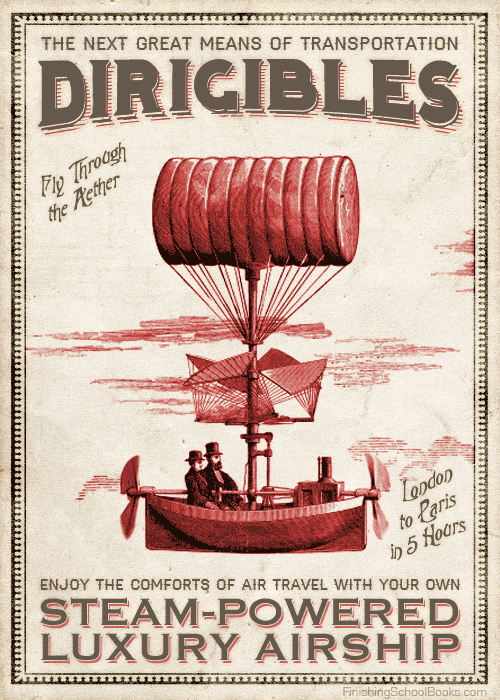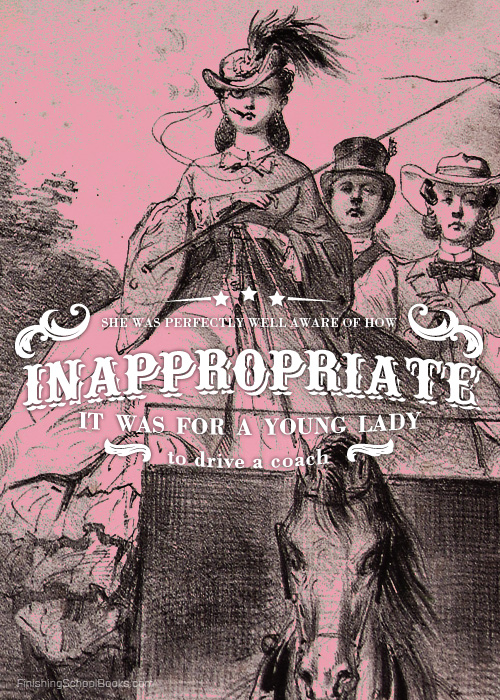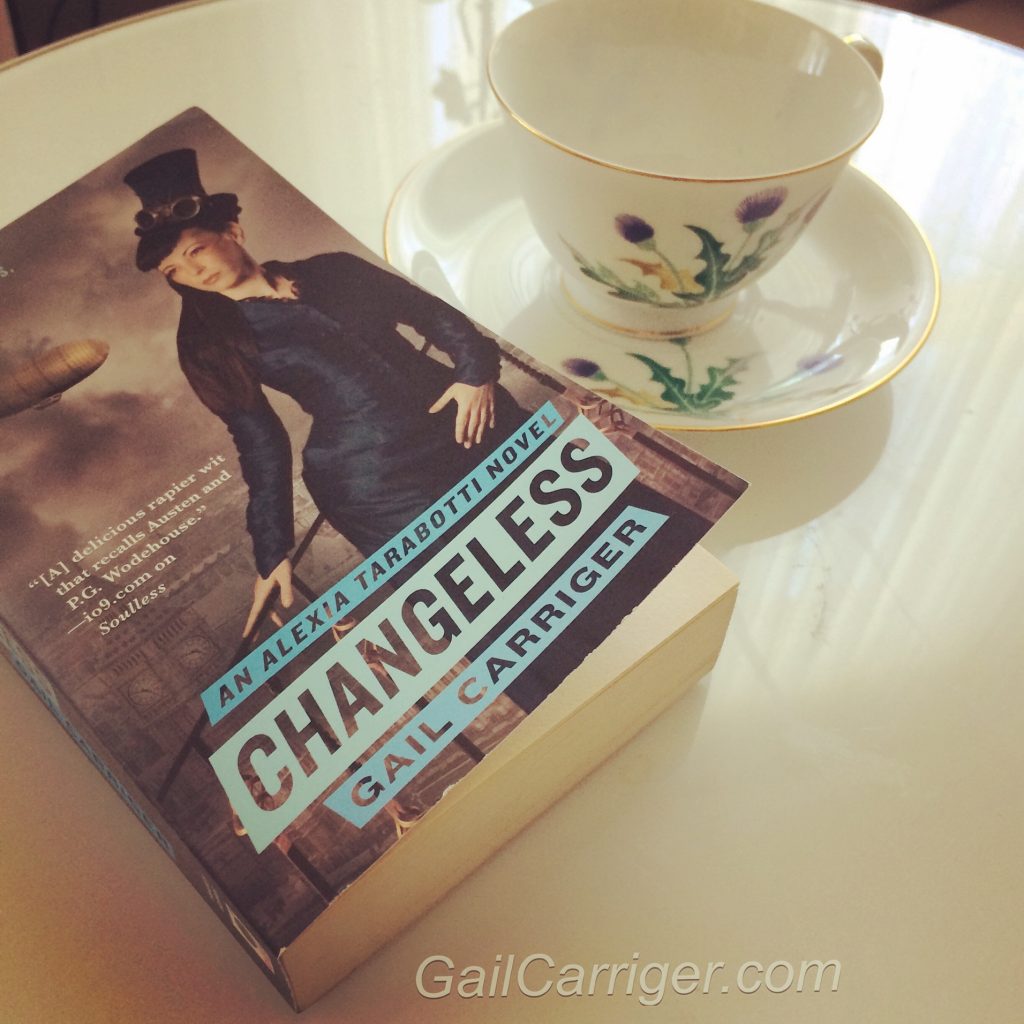Travel Time in Locomotive in Britain 1800's
Gentle Reader, occasionally the curious ask me how I calculate travel times, sooo… I wrote this blog mail!

Before writing Invariable in late 2008, I knew at that place would exist travel involved. I began past asking myself:
- How efficient were trains dorsum in 1874?
- How long would information technology accept to become from London to Scotland?
- How might dirigible travel compare to this?
There seemed no simple answer on the internet, so I had to depict my own conclusions. And here is how…

Horse Travel Base-line
A horse at a forced pace can comprehend c. 50 miles a day, depending on terrain and weather. A desperate man in very good physical condition tin can handle the same distance on foot. One equus caballus, one passenger could do 200 miles in 24 hours but the horse would probably die. Let's call that 4 mph normal, and viii.v mph at a push.

Werewolf Travel Times
In my world werewolves in wolf form can move faster than horses at a run, giving them about a 10 mph, but they tin can just practice so at night.

Train Travel Times
In 1956, the 789-mile Madras-Mumbai stretch was done in c. 29 hours by the Madras Limited mail carrier (the fastest railroad train on its route). That's most 27 mph.
My characters in Changeless were traveling northward of Glasgow into the Highlands towards Dunblane, I only needed a lose estimate.
It'due south 414 miles from London to Glasgow.

And so a train of a like type to the Madras Limited would take xvi hours or and so. (Modern directly fast trains from London have about 6 hours to get Scotland, meaning we are now over 2x faster than the Victorians.) But no passenger trains of the Victorian Era traveled that quickly within the Great britain (in my steampunk Victorian time period or the real one). At that place would be stopovers and rider pick ups.
Then let u.s., for the sake of argument, double the time information technology would take to cross England into Scotland from xvi to 32 hours.
Subsequently all, this is my universe I get to brand adjustments every bit I see fit.

Travel Times ~ The Parasol Protectorate Series
Then from London to Glasgow
- By train: 32 hours, or a solar day and a half. But given Victorian leisure ethics, it'd probably take more similar 2 full days or 48 hours on a fancy sleeper train.
- Past equus caballus: 103 hrs or iv full days, but with resting each nighttime, detours, and other stops, I'd say it'd have a lilliputian over 8 days.
- By horse at top speed: 49 hours (switching mounts 2x), lowering that to save the horse to around 60 hours, that's 2.five total days, calculation in overnights to sleep, a fast messenger would arrive at the end of twenty-four hours 3 with a winded horse.
- By werewolf: 41.5 hours, but he only has darkness, which is virtually 8 hours each dark in September. So it would take him 5 days (and he tin can't travel on or around full moon)
- By dirigible: in my world, these are said to motion at about half the speed of a railroad train, so it would take 4 days. But they are safer than ground transportation, as neither vampires or werewolves will travel by air, and then people opt for them over trains if they accept the time. Also they are considered more fashionable.
My estimates are probably a little high given weather condition and terrain.
The interesting thing is, of course, that the advent of the steam engine would have eliminated a major reward initially held by werewolves, namely that they could move beyond the landscape faster than daylight folk.
Coincidence?
Or is this the reason humans are so strongly in favor of increased send speeds?

And then, Gentle Reader, I wrote the higher up post is for 1874 all about travel times, train vs. werewolf vs. dirigible vs. horseback.
Then a few years later, when I was working on Curtsies & Conspiracies, I needed to do it all once again. Only this time I went back in time to 1852 when engineering science was more than primitive.

Travel Times ~ The Finishing School Series
Older Technology
My original post concerned London to Glasgow, a little over 400 miles. Then I calculated Exeter to London or thereabouts, which is 200 miles driving in modernistic times (because there is no directly route, as the crow flies it'due south more similar 160).
And so in 1874 information technology would take 4 days (96 hrs) become 400 miles by dirigible (c. iv mph). (Ugh, that's slow. Why did I write myself into that corner? Oh yeah, Alexia had to be on board for a while.)
"Giffard's starting time flight took place on September 24, 1852. He traveled almost 17 miles (27 kilometers) from the Paris racecourse to Trappes moving approximately half dozen miles per hour (10 kilometers/hour)."
But that was with the wind and untroubled past weather.

My travel tech is more than advanced in Sophronia'southward 1850s world than in real Victorian 1850s (although even so less and so than in Alexia's 1870s).
In the second book of the Finishing School Series, Giffard is flight the first aetherographic dirigible in the spring of 1852 instead of the first working dirigible e'er. However, before he came forth, floating had to exist slower. So I fabricated my Finishing School dirigible fly at a max of 2 mph.
That's near fourscore hours, plus some extras for shilly-shallying to become to London. Then . . . 4 days to become from London to Exeter by dirigible in 1852.
It's amazing how much time it took me to effigy this out. But it gave me some adept idea on plot and action, and that'southward the of import bit.
Just goes to prove, pay attending in math, you lot never know when you are going to demand it!

Travel Times ~ The Custard Protocol Series
Newer Technology of the 1890s
So of course, I worked on the Custard Protocol Series, which is well into the hereafter, most twenty years after the Alexia books, or the mid 1890s.
So everything has avant-garde again.
The aetherosphere has been conquered completely as a ways of travel, and one time people can get inside it, in my universe, it looks and acts in an entirely different mode than Sophronia or Alexia might have guessed.

Since I'm conceptualizing aether as the Victorians scientists did, neither air nor water only some other "elemental stage" (much in the aforementioned way light is both particle and moving ridge) I go to have lots of fun with this fantastical part of my earth.
To a higher place the temper and across!
In the case of more than complicated world travel I based my calculations on the approximate speed of trains in the 1890s, combined with those of late pre-WWI steamer ships.
I decided that 1890s dirigible travel within the aetherosphere is slighter faster than a philharmonic of both, and, of grade, you don't have to transfer at ports. But there is a weight limit to dirigibles, so it's no skilful for freight send, only mortal human passengers. And, of course, the aetherosphere has other problems and concerns in terms of navigation, current predictability, and so forth.
That's why everyone needs a Percy!
There are buoy ports and other stopovers because refueling is required.
That's why everyone needs a Quesnel!
Ah travel, these days I'thou either thinking about information technology, calculating it, or engaging in it myself.

Showtime class rail carriage in 1856

Interior of a first class carriage via InteriorIlya Zonov tumblr
More on Victorian Travel
- The Landau Wagon
- The Omnibus Comes to London from Two Nerdy History Girls
- Thomas Cook'Due south Victorian Tours

Want more behind the scenes sneak peeks? Join the Chirrup
GAIL'S DAILY DOSE
Your Moment of Parasol . . .

Your Tisane of Smart . . .
The Hackney Motorcoach in the 1830s
Your Writerly Tinctures . . .
5 Tips to Trap Your Characters
Quote of the Twenty-four hours:
"What is meant by Highland clans? Tribes of Scotch Highlanders, who bore the names, and anciently lives upon the lands, of their respective chieftains, to whom they showed every marker of attachment, and cheerfully she their blood in their defence force: these chieftains, in render, bestowed a protection upon their clans, equally founded on gratitude and a sense of their own interest."
~ Mangnall'southward Questions, 1830
Book most relevant to this post?

Tags: Custard Protocol, Parasol Protectorate, PRUDENCE, Special Extras, Victorian Civilization, Victorian Scientific discipline
0 Response to "Travel Time in Locomotive in Britain 1800's"
Post a Comment